Kids love getting mail, and what better way to encourage them to read than to get them their very own magazine subscription?
These award-winning Canadian and American titles for children of all ages aim to entertain and educate kids about health, literacy, science, history and the world around them.
Magazines for Toddlers and Preschoolers
Babybug (Ages 0–3)
The US-based Babybug is eye-candy for little ones and new caregivers alike—no wonder the American Parents’ Choice Foundation gave it a gold award.
The wonderful, colourful illustrations certainly draw the eye, while the songs, poems, and stories are simple yet meaningful. The texts are meant to inspire participation; for example, repeating street sounds as written in the magazine, or singing along to the songs (web links to recordings are provided, just in case).
Babybug is a delightful read and a lovely way to introduce new works to a caregiver’s repertoire. Learn more.
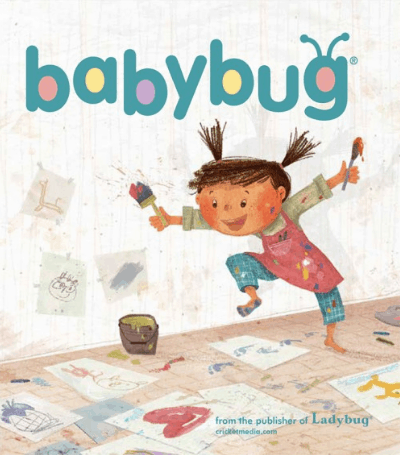
Chirp (ages 3–6)
Chirp, from Owlkids Magazines, is one of two Canadian magazines to receive a gold honour from the Parents’ Choice Foundation and recipient of a starred review from The Canadian Children Book Centre’s Best Books for Kids & Teens 2015.
It engages with readers and inspires them to read, write, and explore each issue’s theme, from reptiles, to trains to neighbourhood heroes. Puzzles, crafts, comic strips, and stories and illustrations by some of the continent’s most beloved authors and illustrators mean every issue is packed with goodness. Learn more.
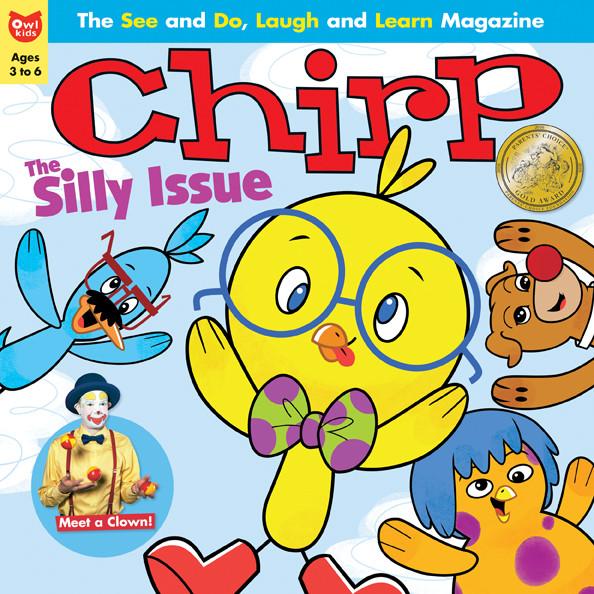
National Geographic Little Kids (ages 3–6)
National Geographic Little Kids and its sister publication National Geographic Kids are multi-award-winning American magazines—most recently scooping up a Parents’ Choice gold and silver honour—that bring home the animal world through amazing photos, articles and fun facts.
Little Kids adds learning games to the mix as well as age-appropriate descriptions, like comparing an animal’s size to that of a child. Learn more.
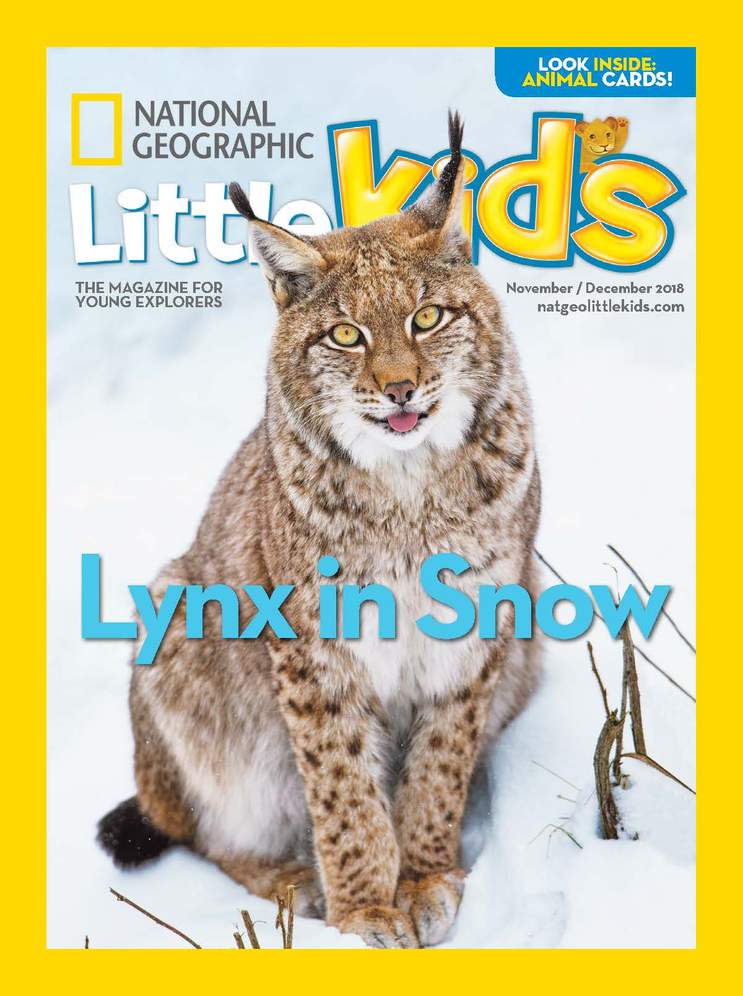
Click (Ages 3–6)
Click is another US-based magazine and won the Parents’ Choice Gold Award Winner in 2020. Click is perfect for curious kids who are always asking questions about how the world works.
They will be introduced to art, nature, science and the environment while answering some of their most burning questions.
What’s in space? Why do birds fly? Where do penguins live?— you can trust the Click will answer these questions an many more while fostering a lifelong love of learning. Learn more.
Join the Help! We’ve Got Kids community.
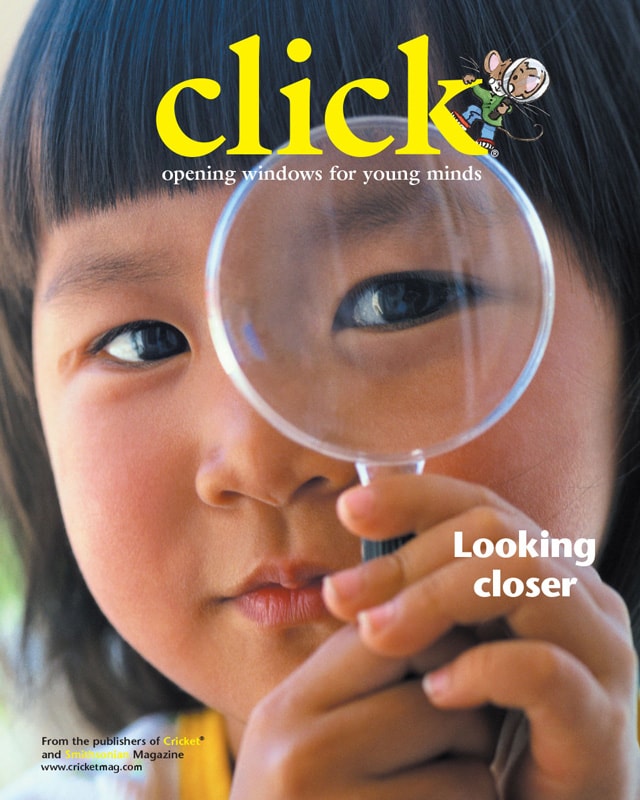
Magazines for School-Age Kids
Kazoo (ages 5–12)
What started out as a limited indie press exclusively for girls, Kazoo has now become a widely sold kids magazine. The magazine focuses on STEM, the women who work in STEM, at-home experiments, and crafts that are a little more than your typical macaroni necklace.
Kazoo is a magazine “that celebrates [girls] for being strong, smart, fierce, and true to themselves.” Add to that the fact that it’s the only kids magazine in history to win a National Magazine Award for General Excellence (2019) and clearly it would be a perfect addition to anyone’s bookshelf. Learn more.
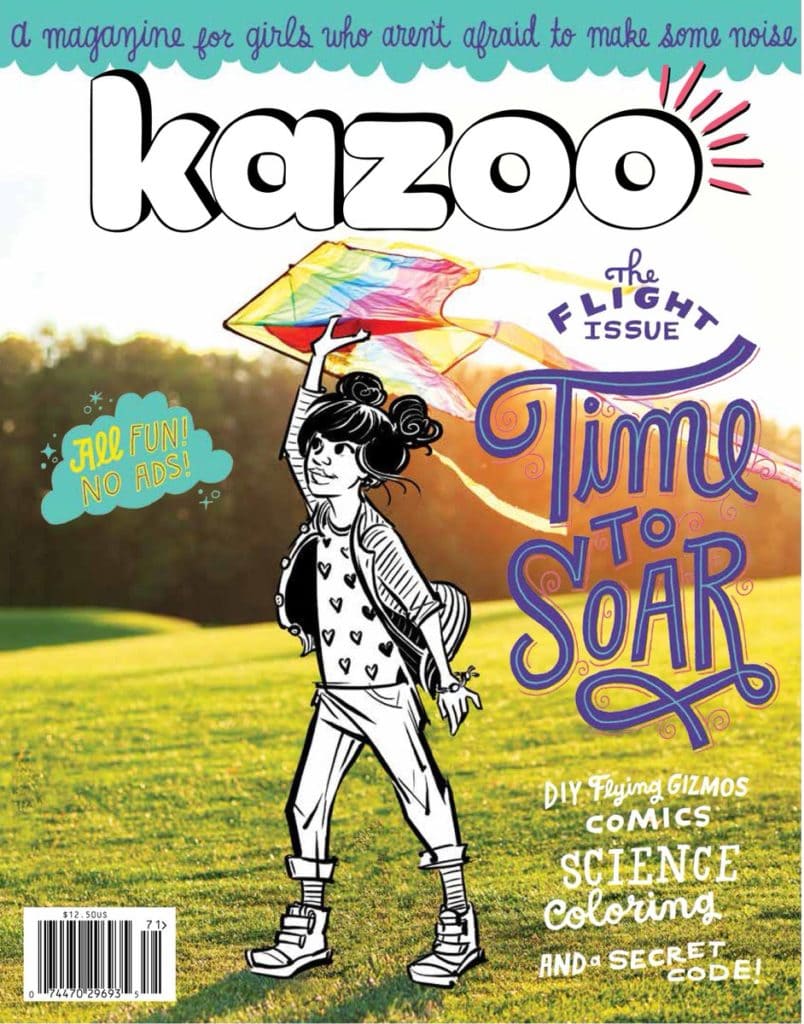
WILD (ages 5–12)
Published by the Canadian Wildlife Federation, WILD‘s mission is to get children interested and intrigued by the great outdoors. Hot topics like extinction, environmental activism and conservation are packaged in easy-to-digest morsels, like comic strips, puzzles and feature stories, with some really catchy headlines, such as “Why do some species bash their skulls at mating time?”
A nice switch-up: every spring, one issue of WILD is written entirely by kids. Learn more.
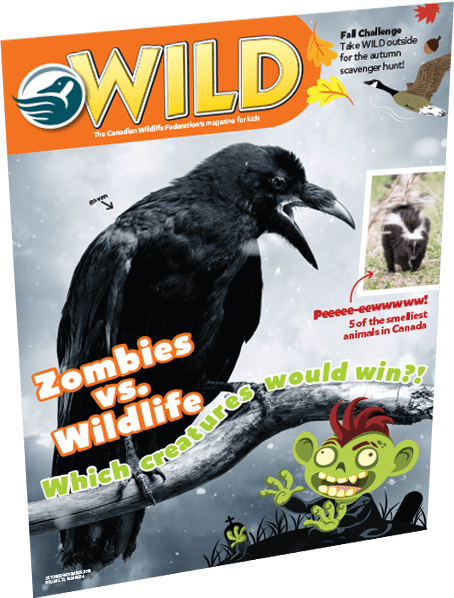
chickaDEE (ages 6–9)
When kids reach grade school, their minds are buzzing with questions and ideas, and they are taking in everything and anything to make sense of the world around them. Canadian chickaDEE—the next step up from Chirp in the Owlkids family—runs with that and gives kids what they want: puzzles, experiments, factoids, crafts and certainly plenty of stories to satisfy those curious and developing minds. Learn more.
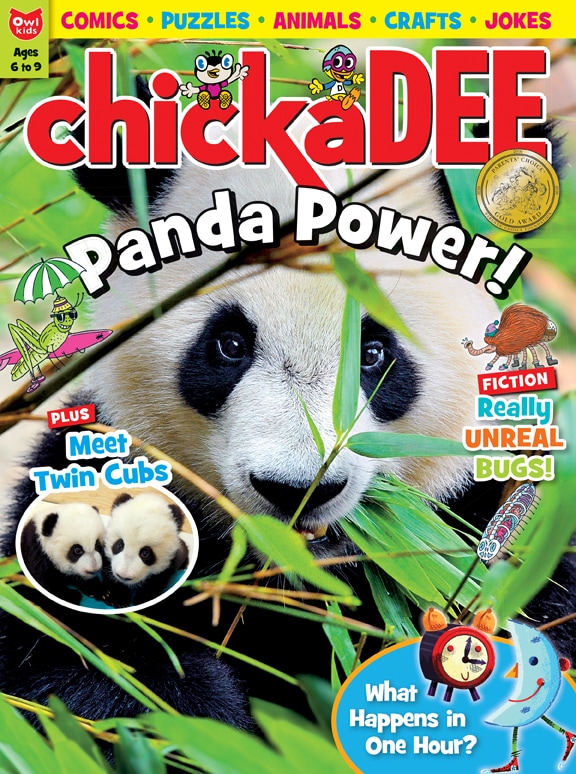
Anorak (ages 6–12)
This British magazine is, first and foremost, visually stunning. Each issue features a beautiful design, recycled paper stock, and bright colours on every page. There are lots of engaging games and activities inside plus some wonderful examples of storytelling.
But it really is the design of this magazine that makes it stand out. Learn more.

National Geographic Kids (ages 6–14)
Curious minds graduate out of National Geographic for Little Kids and directly on to National Geographic Kids, a Parents’ Choice Award publication for the older set. Stories touch upon animals in their habitats and delve into the latest tech talk in a way that fascinates and educates. Learn more.
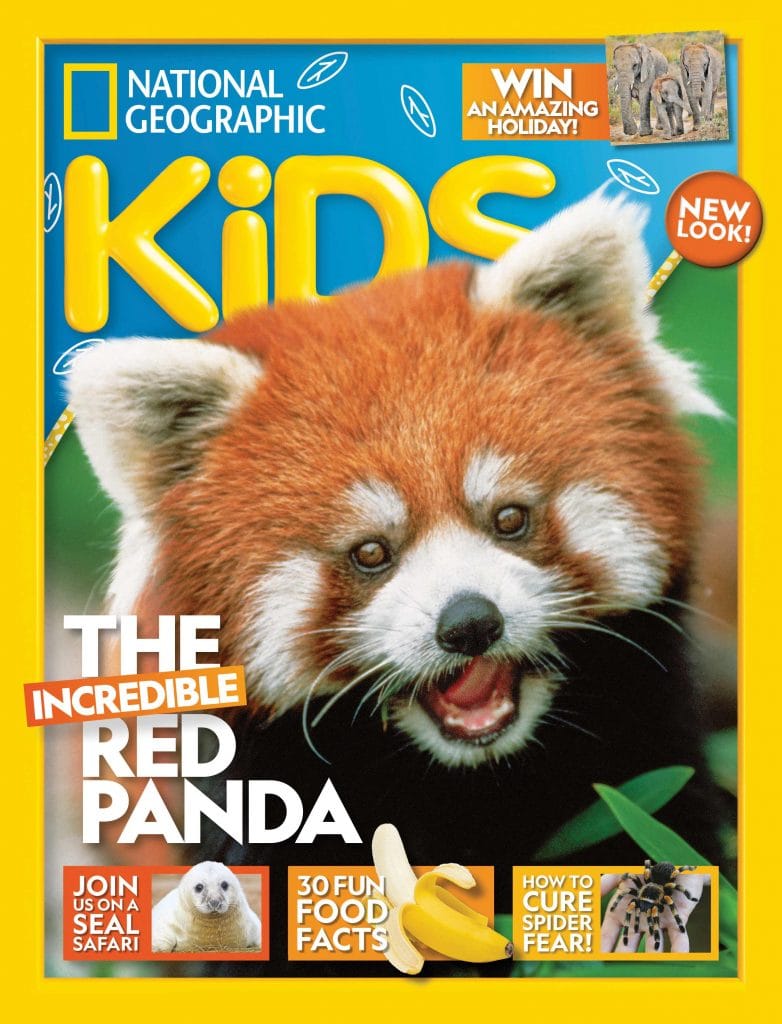
Kayak (ages 7–12)
Published by Canada’s History Society, Kayak delves into our collective past to tell the country’s stories: the good and the bad, the renowned and the unknown, the near and the far.
From the flag turning 50 and other Canadian symbols, to the Titanic and other water disasters, Kayak promotes the past with lots of illustrations, historical photographs, and explorations on a theme. Learn more.

BAZOOF! (ages 8–12)
Talking health with kids is not exactly an easy thing, which is why BAZOOF! (formerly ZAMOOF!) is a big help. Set in a bustling outer-space metropolis on the planet Glak, the magazine moves between fitness, personal health, nutrition, bullying and more.
Each issue of the Canadian magazine includes real stories and healthy recipes as well as perennial features like comics, riddles, and contests. Learn more.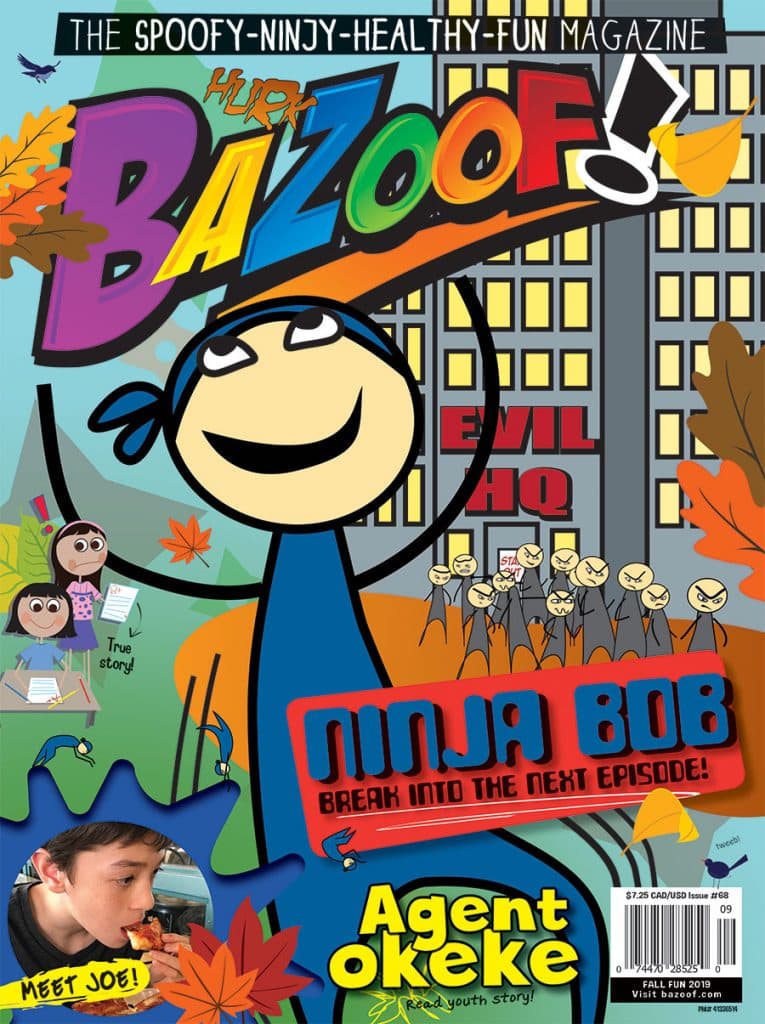
Brainspace (ages 8–14)
The second Canadian magazine to receive gold from the Parents’ Choice Foundation, Brainspace uses children’s beloved mobile devices to entertain and educate. The traditional paper magazine is packed full of articles, comics, photos, graphics and more about the subjects kids study in school, from history and chemistry to language and botany.
But here’s where it gets cool: when an Apple- or Android-based device hovers over certain images, the content comes to life via audio and/or video. Watch a volcano explode or hear a lecture on Paleolithic art, for example. An ingenious use of augmented reality. Learn more.
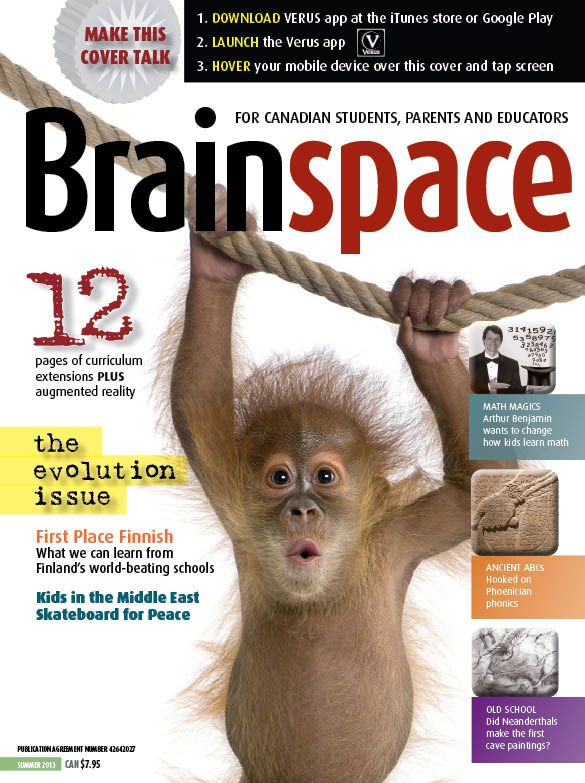
OWL (ages 9–13)
The Canadian magazine may have celebrated its 40th birthday in 2016, but inside OWL still beats the heart of a tween! The most mature publication in the Owlkids line of magazines (which includes Chirp and chickaDEE), OWL mixes science, nature, and technology, presented in formats ranging from features and experiments to quizzes and comics, is a team effort; the magazine’s staff consults with educators and a kids-only advisory team to make sure they get it right. Tons of photos, tight writing, and fascinating facts keep both boys and girls eagerly awaiting the next issue. Learn more.
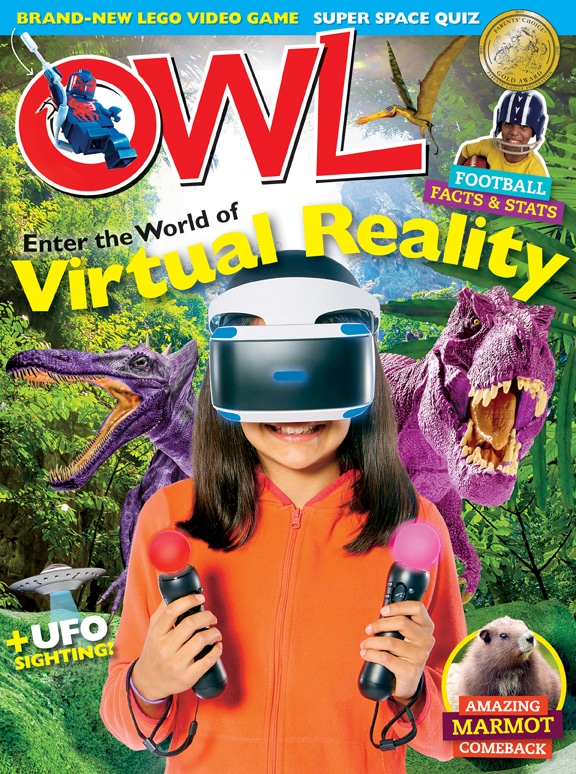
Muse (ages 9–14)
With articles written by award-winning authors and high-quality illustration and photography, Muse is a science and arts magazine for curious kids who like to crack jokes.
If you’re looking to make science and STEM cool for your kids, Muse can help. Learn more.






Nice collections.